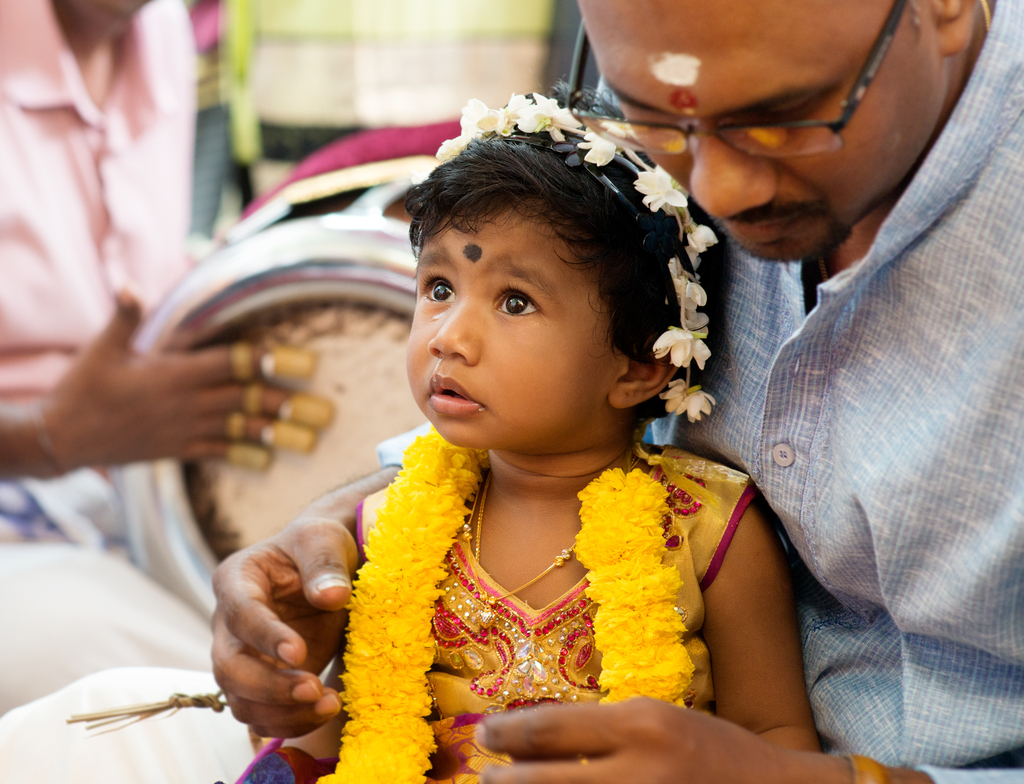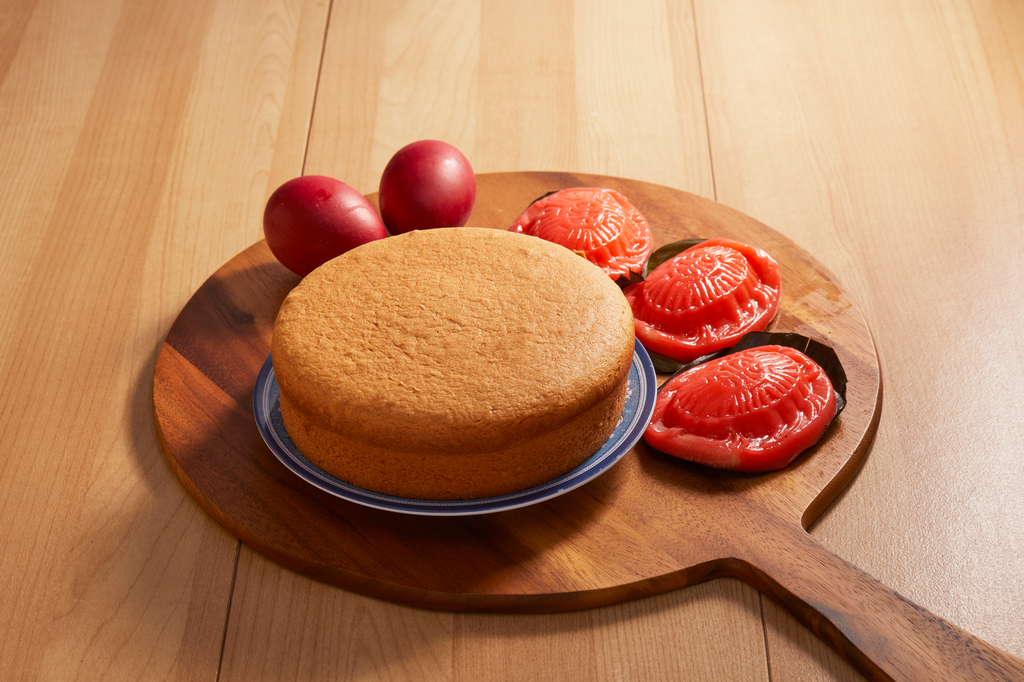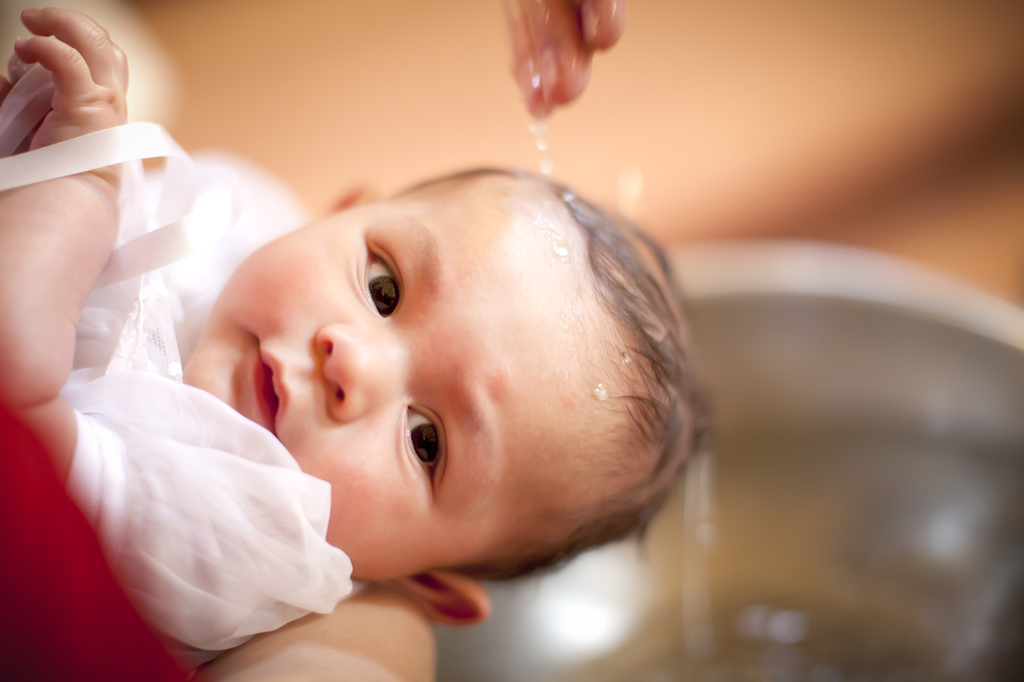Commemorating a Baby’s Birth: Multicultural Customs that are Observed in Singapore
Owing to Singapore’s multicultural background, there are varying customs and rituals associated with the celebration of a baby’s birth.
The Chinese, for instance, give out hard-boiled eggs that are dyed red when a baby turns one month old. Muslims shave a newborn’s hair and donate its weight in gold to charity. In a Hindu ceremony, a black dot known as a pottu is applied on a baby’s forehead for protection against evil.
Though the practices and symbolisms may be different across cultures, the sentiments are the same: to share the joy and bless the child.
Common Hindu practices
Cradle ceremony
Hindus welcome a baby into this world through the thottil, which means “cradle” in Tamil, ceremony, which signifies the little one’s independence from the mother.
On this occasion, usually celebrated on the eleventh, twelfth or sixteenth day of birth, the baby sports a pottu on the forehead to ward off the evil eye. Sometimes, kajal, a type of eye makeup with ancient origins, is applied on the eyelines as well.
Often, a naming ceremony, also known as kuzhanthaikku peyar vaithal, will be held at the same time. To choose a name, some parents consult an astrologer while others name the baby after an ancestor or a Hindu deity. While the details vary across groups originating from different regions in India, the ceremony commonly includes having the father or the maternal uncle whisper the name a few times into the infant’s right ear.
Relatives and friends who are invited to the celebration usually present gifts of cash or jewellery to the baby.
Weaning ceremony
Some Indian communities may also carry out the weaning ceremony or annaprasana, when the baby is around six months old. This ceremony that marks the little one’s first taste of solid food, is conducted. The word ‘annaprasana’ is a Sanskrit term that can be translated as “grain initiation”.
Held at home or at the temple, rice that is cooked with milk, mashed well and sweetened is fed to the baby by the father. Goddess Lakshmi is invoked during the ceremony and prayers are offered for the baby to be blessed with a healthy life.
Hair shaving and Ear-piercing ceremony

Hindu babies may also experience the ceremonial shaving of their hair during a ceremony known as mudiyirrakuthal. This typically occurs within the baby’s first year of life, but may also be done during the 3rd or 5th year.
Usually performed at the temple on an auspicious day, the child sits on the father’s or maternal uncle’s lap for the tonsure, which is thought to promote healthy hair growth. During the ritual, mantras are chanted to ask for long life, health and prosperity for the child.
Sometimes, the ear-piercing ceremony or kaathu kutthal is also carried out on the same day.
Common Muslim practices
Shaving of baby’s hair
Muslims also have a custom of shaving a baby’s hair. Known as cukur rambut (also commonly known as Tahlik) the ritual is performed on the seventh day of birth, following Prophet Muhammad’s instructions in the Sunnah to offer animal sacrifice and shave the head of a newborn on the seventh day.
Muslims believe that newborn babies have dried blood and dirt stuck in their scalps after having been in the womb for a long time. Practising cukur rambut allows new hair to grow and bring out the impurities.
Nowadays, many parents choose to delay the ceremony, to which relatives and close friends are invited, till after the post-natal confinement period.
After a reading from the Quran, the child is carried by one of the parents to religious leaders and elders, each of whom snips off a lock of the infant’s hair and deposits it inside a cut coconut.
By the end of the ceremony, the baby’s head is shaved clean and the hair collected is weighed. The equivalent of its weight in gold or cash is donated to charity.
Animal sacrifice
Aqiqah, the practice of animal sacrifice, is another custom that is modelled after Prophet Muhammad’s instructions. It is a gesture of gratitude to Allah for the bestowment of a child upon the family and is usually performed on the seventh, fourteenth or twenty-first day after the birth of a baby. In Singapore, aqiqah may sometimes be performed on Hari Raya Haji.
Rubbing dates on the baby’s palate
Muslims who lived in the era of the Quran used to bring their newborns to Prophet Muhammad, who blessed the babies and rubbed softened dates on their palates. This practice, known as tahnik, is still adhered to today.

Tahnik was originally performed as soon as possible after birth. Today, it is conducted when the baby is seven, fourteen or twenty-one days old. During the ceremony, a small amount of softened date is applied to the baby’s palate. This is followed by the recitation of the doa, which is a supplication prayer.
Common Chinese practices
Full moon celebration
The first celebration that a Chinese baby experiences is manyue, which translates literally to “full moon”. It is held when the little one turns 30 days old.
Because infant mortality rates were high in the past, when a newborn reached 30 days in good health, it was considered a milestone worth celebrating. Manyue has since become a joyous occasion where a baby is officially introduced to relatives and friends.

At the party, gifts with symbolic meanings are presented to the guests. While the exact items vary according to dialect group, traditionally ranging from pickled ginger to glutinous rice and pig’s trotters, hard-boiled eggs that are dyed red are indispensable as they represent the renewal of life. In fact, these eggs are still the dominant items in the contemporary gift boxes that some new-generation parents are opting for nowadays.
Guests, in return, give full moon presents to the little star of the celebration. The older generation generally offer gifts with auspicious significance such as gold bangles, chains or anklets while the younger set may prefer to gift items such as clothes, cutlery sets and even diaper hampers. A red packet is much appreciated by the host family too!
Manyue is also when many babies get their first haircuts. Some parents engage professional services for the hair to be made into Chinese calligraphy brushes known as tai mao bi for keepsake purposes.
Nowadays, for practical reasons – to allow more time for the family to prepare for the party and the mother to recover from the delivery – some parents are opting to celebrate their babies’ births on the hundredth day instead.
Birthday grab
When the baby turns one year old, a traditional activity called zhua zhou in Chinese is conducted.
Multiple objects, ranging from a stethoscope to an abacus and a stalk of spring onion, are placed in front of the baby. The item that the little one grabs and hands to the parents is supposed to be indicative of the child’s future career.
Some items are rather straightforward in their representation – a stethoscope points to a career as a doctor while a flute signals that the baby could become a musician.
Other items rely on a play on pronunciation to convey the message. For example, the Chinese word for spring onion, cong, sounds like the word that means “clever”. Hence, picking up a sprig of spring onion means that the child will be smart and have a bright future.
Common Catholic practices

Within the Catholic community, infant baptism is widely practised and is usually carried out within the first month of birth.
A baby is presented for baptism by the parents and at least one godparent, who takes on the responsibility to support the parents in the Catholic upbringing of the child. It is necessary to decide on a baptism name for the infant. Generally, a Saint’s name or one that is reflective of a Christian virtue is chosen.
The priest may sprinkle holy water over the infant’s head or lightly immerse the baby, who is usually dressed in a white christening robe for the occasion.
After the ceremony, a tea party is commonly held. Close friends and relatives in attendance traditionally present gifts to the baby. Practical items for the child’s daily needs are popular as presents.

